Spring on the Summit
By Liam O’Brien
“Mysterious and little known organisms live within walking distance of where you sit. Splendor awaits in minute proportions.” – E.O. Wilson, Biophilia.
I’d like to start this off with a correction for my last blog entry. Celia Ronis correctly pointed out recently that my sentence structure made it sound like Linnaeus gave the Mourning Cloak butterfly it’s other well-known name, the “Camberwell Beauty” He did not. What I was trying to say was that it was Linnaeus who named the butterfly to science. Is it any wonder I received A for content and C for grammar on my papers in high school? Thanks Celia for pointing that out!
On the way up to Mount Sutro one day in early May, I observed a Black Phoebe – a bird I consider to be the super Pterodactyl of butterfly eaters.
Trying to bridge the worlds of birders and butterfly enthusiasts here, it might be an appropriate point now to point out the obvious to many: butterflies, though celebrated for their pollinating skills (which is somewhat overrated) ultimately, are bird food. Spiders, lizards, dragonflies, and many other small predators eat butterflies as well when the opportunity presents itself.
I was in the Presidio once photographing a California Tortoiseshell butterfly and I observed a Black Phoebe through the lens snatch it away for a midday snack. Butterflies have evolved many ways to dodge this fate: mimicry, false heads and colors that help them blend into the background. This day I crossed paths with one of the best examples of this, the Gray Hairstreak (Strymon melinus).
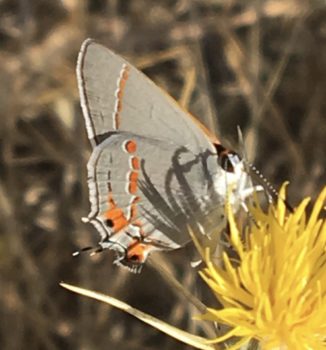 Gray Hairstreak by Liam O’Brien
Gray Hairstreak by Liam O’Brien
The Gray Hairstreak is a perfect example of a butterfly with a false head on its backend. There is a real eyeball on the real head and a large fake eyeball/dot on the edge of a large orange spot on the other side. A real set of antennae above its real eye and the threadlike hairs coming off the fake head that represent faux antennae. That’s where the name “Hairstreaks” come from. Many of our Lycaenidae (the family this butterfly belongs to) in San Francisco take it one step further with a motion called “scissoring”- a type of twitching and rubbing of the hind area to draw attention the predator’s attention away from the real head. One sees many butterflies with v-shaped notches out of the wings. These are what we call “bird strikes.”…

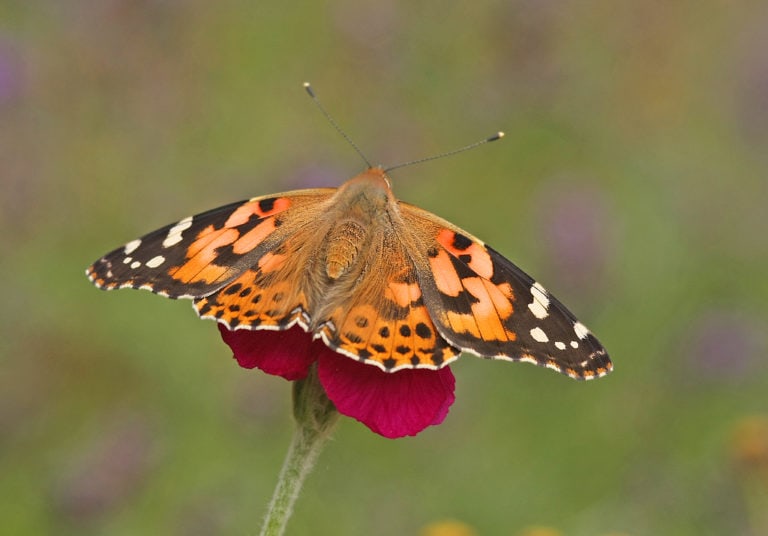
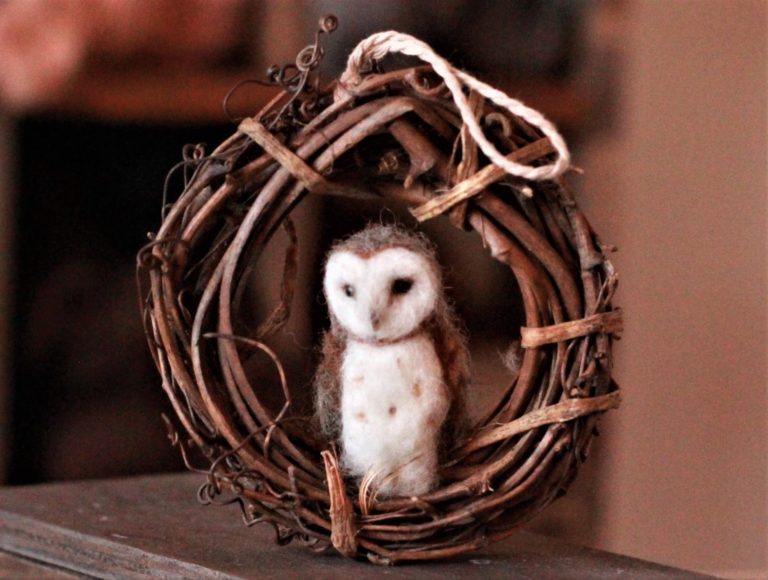

 Male Greater Sage-Grouse by Bob Gunderson
Male Greater Sage-Grouse by Bob Gunderson
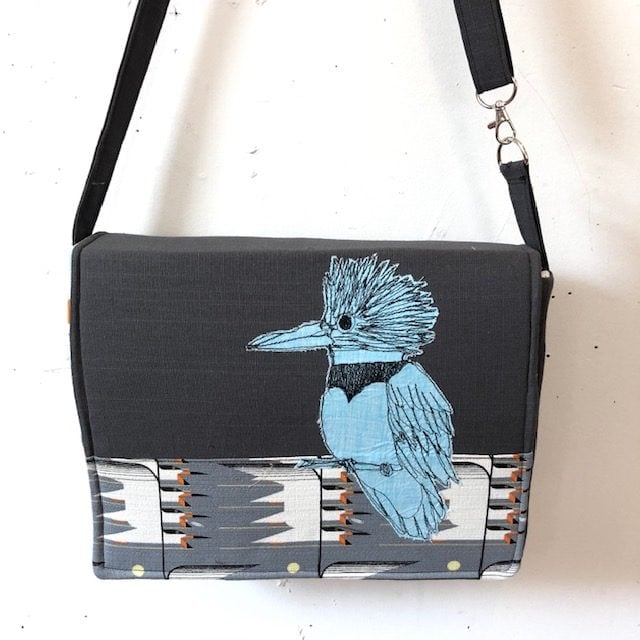
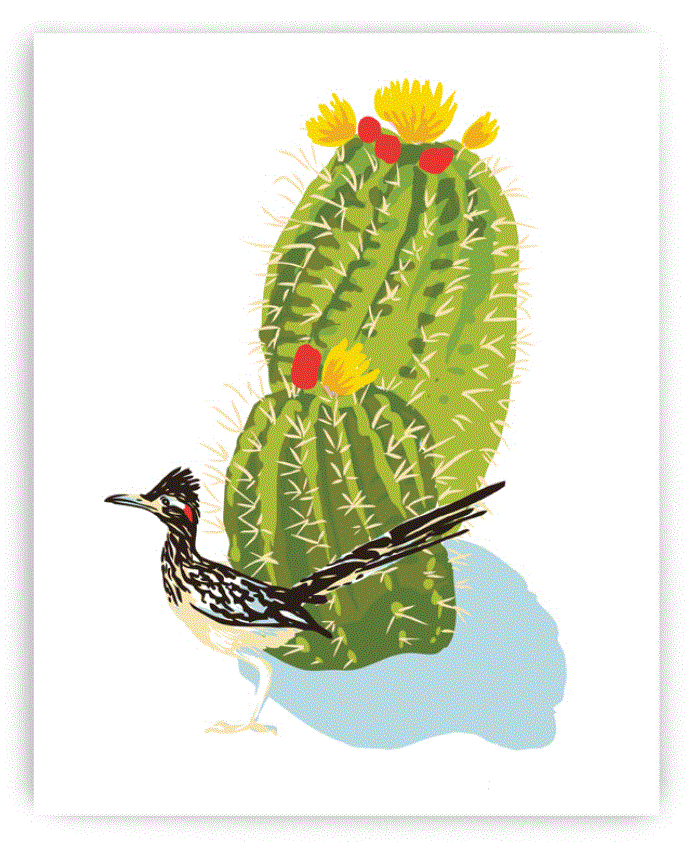 Rigel Stuhmiller’s Roadrunner wall art.
Rigel Stuhmiller’s Roadrunner wall art.
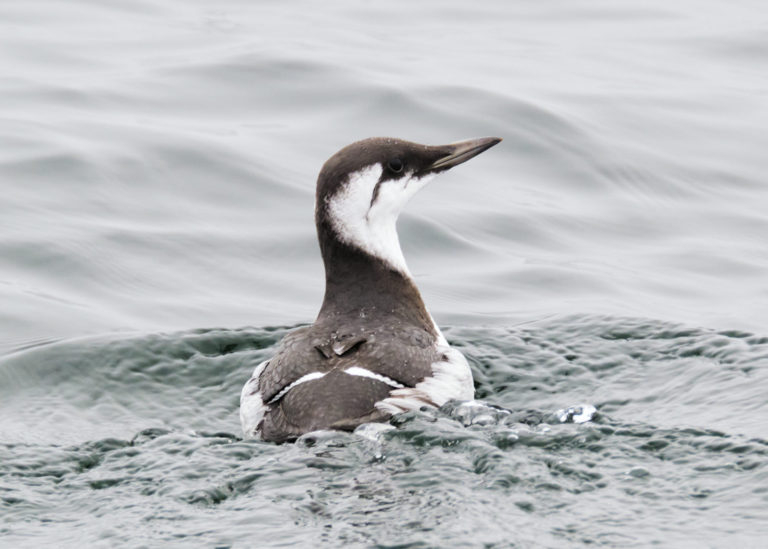
 Boat on the water by John Janca
Boat on the water by John Janca
 Common Murre by Elliot Janca
Common Murre by Elliot Janca
 Common Murre by John Janca
Common Murre by John Janca
 Flock of Sooty Shearwaters by Elliot Janca
Flock of Sooty Shearwaters by Elliot Janca
 Sooty Shearwater taking off from the water by Elliot Janca
Sooty Shearwater taking off from the water by Elliot Janca